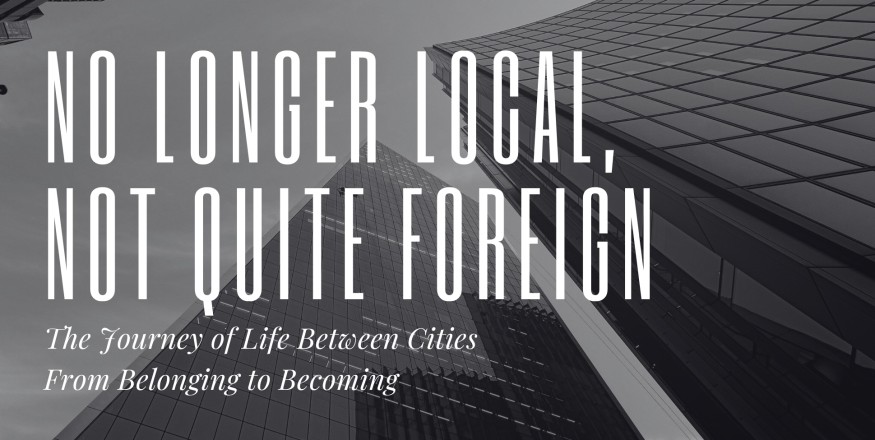Rain in Hong Kong is a performance of its own, a play staged by the heavens, unpredictable yet strangely familiar. It arrives unannounced, in a downpour that pounds on rooftops and pavements like an impatient guest, or in a whispering drizzle that clings to glass and skin with an intimate persistence. The city, already a kaleidoscope of movement and noise, takes on a different rhythm under the weight of water, an unspoken choreography dictated by the falling sky.
On those days when the first droplets spatter against the windows of a tram crawling down Des Voeux Road, the entire city exhales, a sigh that mingles with the scent of damp concrete and diesel fumes. Commuters, ever vigilant, unfurl their umbrellas with practised precision, dodging and weaving through the crowds with the agility of seasoned performers. The footbridges glisten, the neon lights refract against slick streets, and the Star Ferry leaves behind a trail of ripples in a harbour darkened by the storm.
But not all rain in Hong Kong is equal. There is the summer rain—hot, unrelenting, an extension of the oppressive humidity that wraps itself around the city like an overgrown banyan tree. It sweeps in with the typhoons, rattling windowpanes and bending bamboo scaffolding, turning stairwells into waterfalls and alleyways into streams. It is the kind of rain that tests the patience of taxi drivers and hawkers alike, sending dai pai dong patrons scrambling for shelter beneath plastic sheets held down by red bricks and wet hands.
Then there is the winter rain, softer yet colder, a reminder that the subtropical climate is not immune to moments of melancholy. It drizzles against the skyline, muting the sharp edges of high-rises and turning Victoria Peak into a silhouette swallowed by mist. It lingers in the folds of wool coats and trickles off the edges of canopies, its presence understated but insistent. On these days, Hong Kong is a city of ghosts, its usual urgency subdued by the kind of weather that compels strangers to huddle closer under bus stops and students to loiter a little longer in cha chaan tengs over a cup of milk tea.
For all its inconveniences, rain in Hong Kong carries with it an unmistakable nostalgia. It is in the fogged-up windows of minibuses winding their way through Mid-Levels, the hurried footsteps echoing through MTR tunnels, the scent of damp newspapers at corner stalls. It is in the rhythmic patter on tin rooftops, the steady drumming against glass towers, the fleeting reflections in puddles that distort neon signs into abstract paintings. Rain blurs the lines between past and present, between the city as it was and the city as it is, between the person one used to be and the one they have become.
Perhaps that is why, despite the delays and the inconvenience, despite the wet socks and the traffic jams, there is something comforting about rain in Hong Kong. It is a reminder that this city, ever-changing and ever-moving, is still anchored by the familiar—by the scent of damp air, the hush of drizzled mornings, the way the harbour churns beneath a weeping sky. And in that fleeting moment between the drizzle and the downpour, when the first drops touch the skin, Hong Kong feels like home.
ns216.73.216.82da2

































